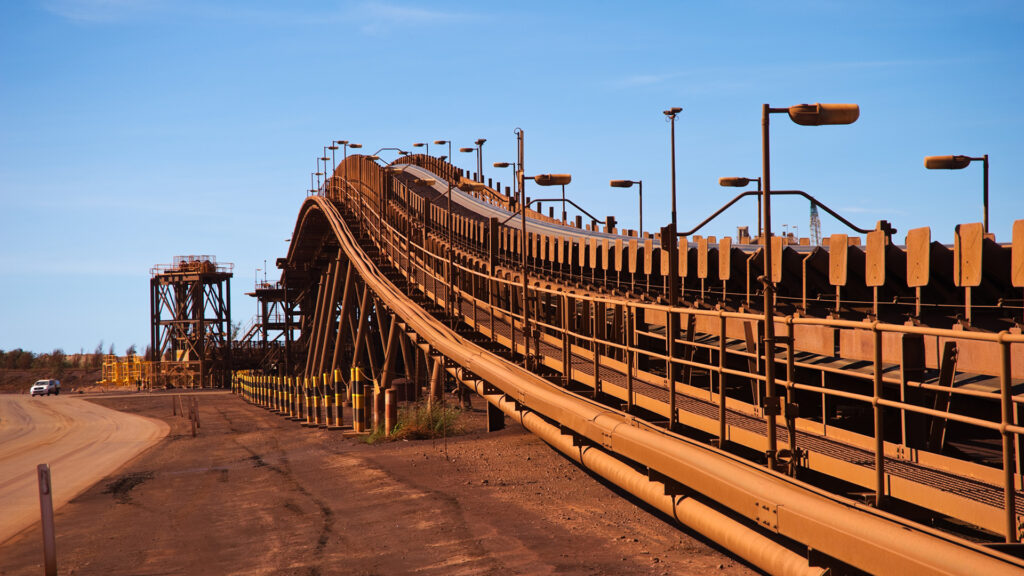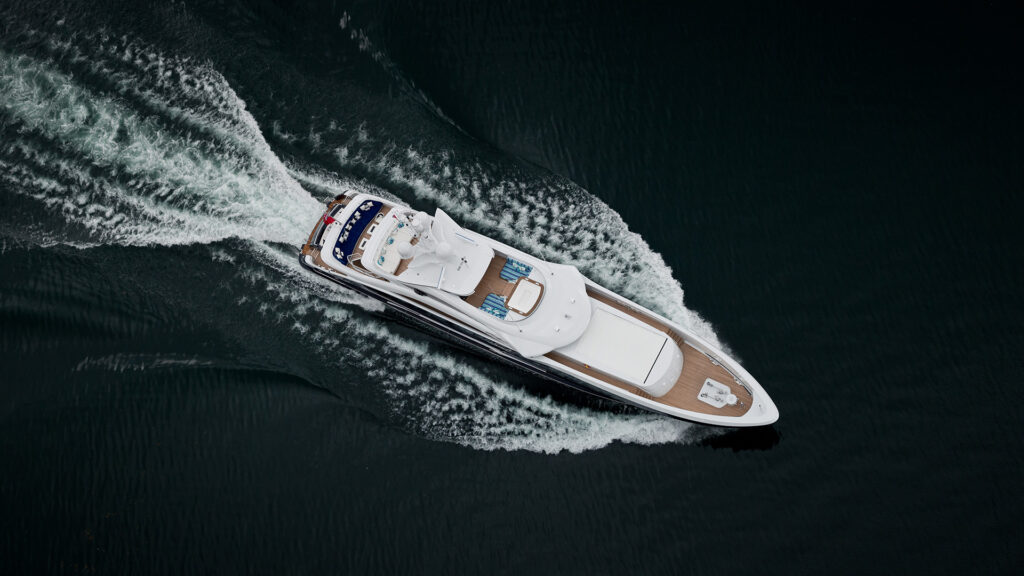
Everything that floats – regulations clear? October 2016
An international convention authority and courts on both sides of the Atlantic have recently attempted to clarify the question of whether floating offshore units are to be subject to the laws and regulations applying to ‘ships’. However, the issue remains complex and confusing.
In the last Offshore Bulletin, we examined the recommendations of the IOPC Funds Working Group on the definition of a ‘ship’ for the purposes of the 1992 Civil Liability Convention (CLC).1 The CLC imposes strict liability on shipowners for oil pollution damage caused by their ship. In return, shipowners are entitled to limit their liability for pollution claims. The question is therefore of considerable significance to owners and operators of floating offshore units. The Working Group’s recommendations were recently approved by the IOPC Funds Administrative Council, and a succinct guidance document for member states was subsequently produced in March 2016.2
Essentially, the test involves a non-exhaustive list of craft that fall either clearly within or outside the definition of ‘ship’ for the purposes of the CLC.
| Vessels that fall clearly within the definition of ‘ship’ in the CLC | Vessels that fall clearly outside the definition of ‘ship’ in the CLC |
|---|---|
| A seagoing vessel or seaborne craft constructed or adapted for the carriage of oil in bulk as cargo when it is actually carrying oil in bulk as cargo. | Barges certified or classed only for use on inland water ways. |
| A seagoing vessel or seaborne craft in ballast following a voyage carrying oil with residue of oil onboard. | Vessels not constructed or adapted for the carriage of oil in bulk as cargo. Such categories include ‘non-tanker’ vessels, such as:
|
| A craftA carrying oil in bulk as cargo being towed (or temporarily at anchor for purposes incidental to ordinary navigation or force majeure or distress). | |
| A ship capable of carrying oil and other cargoes (i.e. an Oil Bulk Ore carrier (OBO)) when it is actually carrying oil in bulk as cargo and during any voyage following such carriage unless it is proved that it has no residues. | |
| T1 Offshore craftB that have their own independent motive power, steering equipment for seagoing navigation and a seafarer onboard so as to be employed either as storage units or carriage of oil in bulk as cargo and that have the element of carriage of oil and undertaking a voyage. | Vessels or craft involved in either:
|
| T2 Craft that are originally constructed or adapted (or capable of being operated) as vessels for carriage of oil, but later converted to FSOs, with capacity to navigate at sea under their own power and steering retained and with seafarer onboard and that have the element of carriage of oil and undertaking a voyage. |
A This could be a barge or an offshore craft
B The term ‘offshore craft’ could be a Floating Drilling Production Storage and Offloading Unit (FDPSO), Floating Production Storage and Offloading Unit (FPSO), Floating Storage and Offloading Unit (FSO) or Floating Storage Unit (FSU) whether purpose-built, or converted or adapted from seagoing vessels constructed for the carriage of oil.
Where it is not clear whether a vessel falls within or outside the definition of ‘ship’, the ‘maritime transportation chain’ test will be applied. In the context of floating offshore units, the IOPC Funds’ guidance document appears to narrowly construe the concept of ‘carriage of oil and undertaking a voyage’T1/T2 to include only the carriage of oil as cargo from an offshore field to a port/terminal (or vice versa). An FPSO would therefore seem not to be a ‘ship’ for the purposes of the CLC where, for example, the vessel disconnects and undertakes a journey to avoid bad weather (as Shell’s new “Turritella” FPSO, recently deployed in the Gulf of Mexico, is designed to do).
As we highlighted previously, this ‘hybrid approach’ adopted by the IOPC Funds is unlikely to be a perfect solution and, in situations where it is not clear whether a particular unit is a ‘ship’, an analysis of the case-specific facts and/or craft characteristics is still required.
In addition to this, two recent judgments concerning the legal treatment of floating units also provide useful guidance on the general approach adopted by national courts when considering the definition of a ‘ship’ or ‘vessel’.
In April 2016 the UK High Court3 found that a houseboat was not subject to a statutory system of registration for vessels in inland waterways. The definition of ‘vessel’ in this case was “every description of vessel with or without means of propulsion of any kind and [including] anything constructed or used to carry persons, goods, plant and machinery, or to be propelled or moved, on, in or by water”.4
Similarly, in August 2016, the United States Fifth Circuit Court of Appeal5 held that a tension leg offshore oil platform (TLP) was not a ‘vessel’ for the purposes of disability benefits legislation, as the platform did not fall within the definition of a “watercraft[…] used, or capable of being used, as a means of transportation on water”.6
Despite the obvious differences between the houseboat and TLP in question, the US and UK courts both referenced the following characteristics in deciding that the units fell outside the respective definitions:
- The units had no means of self-propulsion and lacked navigability (i.e. no steering mechanism).
- The transportation of persons or goods was incidental to the units’ main purpose as, respectively, living quarters or an offshore production platform.
- The units were only moved on one occasion to their locations and were intended as fixed structures to be in place for a number of years.
Although the courts emphasised that their interpretations were context-specific and should not have any wider application beyond the legislation under consideration, the decisions provide an indication of the general principles applied by national courts when tackling the question of whether a particular unit is a ‘ship’.
Whilst positive steps have been taken by the IOPC Funds to codify a clear framework to answer the question of what is a ‘ship’, this is unlikely to have any impact beyond the specific context of liability under the CLC. In any case, even the application of the ‘hybrid approach’ to floating offshore structures remains beset with uncertainty until put into practice. The case law on the subject in key maritime jurisdictions continues to develop, but difficulties persist for owners and operators of FPSOs and other offshore units in piecing together the ad-hoc approaches adopted by different courts and convention organisations. For example, the status of offshore units under the Arrest Conventions and Conventions on the Limitation of Liability for Maritime Claims remains unclear. This lack of consistent position internationally means any definitive answer is still uncertain.
Footnotes
- http://www.hfw.com/downloads/HFW-Offshore-Bulletin-February-2016.pdf
- Guidance for Member States – Consideration of the definition of ‘ship’ – documentservices.iopcfunds.org/meeting-documents/download/docs/4026/lang/en/
- The Environment Agency v Mr Christopher Gibbs, Mr Glen Parker [2016] EWHC 843 (Admin).
- Article 2, Environment Agency (Inland Waterways) Order 2010.
- James Baker, Jr. v Director, Office of Workers’ Compensation Programs, United States Department of Labor and Gulf Island Marine Fabrications, L.L.C. (No. 15-60634).
- Rules of Construction Act, 1 U.S.C. 3.
Download a PDF version of ‘Everything that floats – regulations clear? October 2016’











